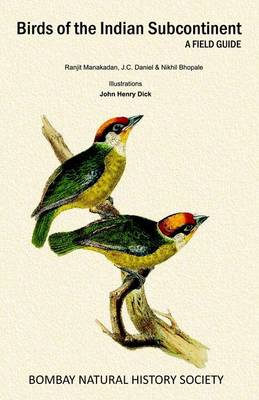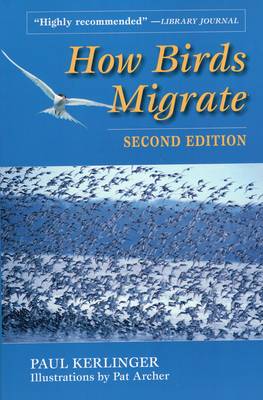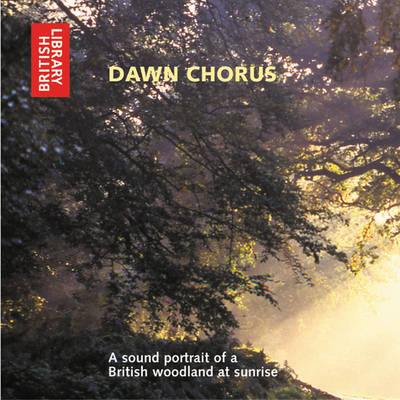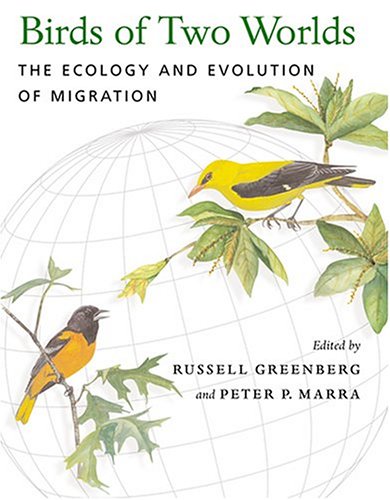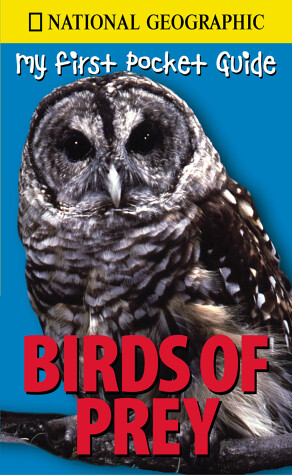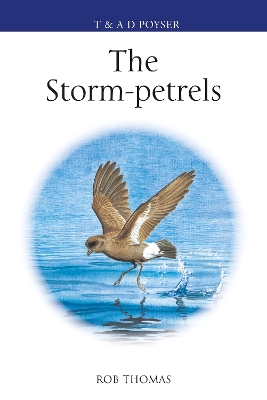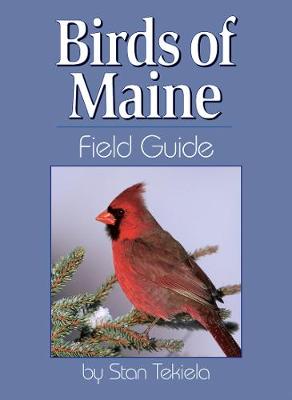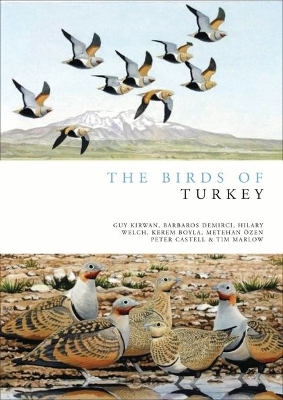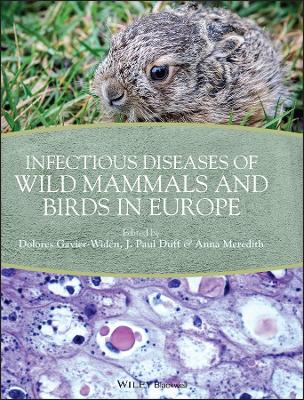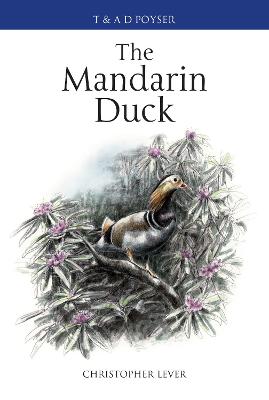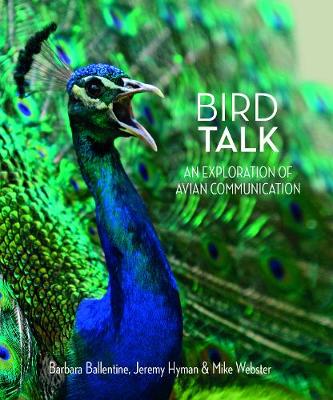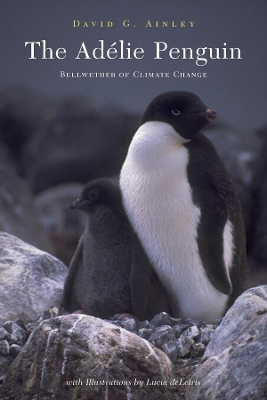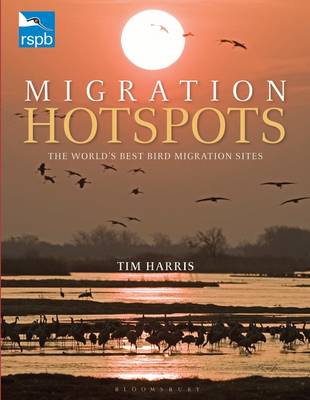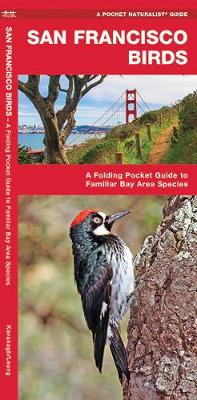Birds of the Indian Subcontinent (Bombay Natural History Society)
by Ranjit Manakadan, J.C. Daniel, and Nikhil Bhopale
This book is a revised edition of a pictorial guide to the birds of the Indian subcontinent first published in 1983. The book deals with the birds of the Indian Subcontinent India, Pakistan, Nepal, Bhutan, Bangladesh and Sri Lanka, including the islands of Andaman and Nicobars, Lakshadweep, and Maldives and not includes Afghanistan and the Chagos Archipelago. The main part of the book is taken up by bird topography and complemented by 112 plates containing illustrations of 1251 species to descri...
This is the perfect chance to immerse yourself in the uplifting sounds of a perfect country morning, from the comfort of your own home. At dawn, in our countryside, there is a pronounced peak in bird singing activity. This is especially noticeable for about an hour after the first light in temperate zone woodlands during spring and early summer. At this time, male birds defend their territories and attract females with their songs. The recordings on this CD are a selection of British woodland re...
Studies in Bird Migration: Volume 2 (Cambridge Library Collection - Zoology)
by William Eagle Clarke
Having trained as a civil engineer and surveyor, the ornithologist William Eagle Clarke (1853–1938) established himself in his field by preparing reports on bird migration for the British Association. Focusing on the species passing through the British Isles, Clarke spent many months in various lighthouses and on remote islands. He brought all his research together in this two-volume work, first published in 1912 and illustrated with maps and weather charts. In Volume 2, Clarke describes key exa...
For centuries biologists have tried to understand the underpinnings of avian migration: where birds go and why, why some migrate and some do not, how they adapt to a changing environment, and how migratory systems evolve. Twenty-five years ago the answers to many of these questions were addressed by a collection of migration experts in Keast and Morton's classic work Migrant Birds in the Neotropics. In 1992, Hagan and Johnston published a follow-up book, Ecology and Conservation of Neotropical...
Goose Damage and Management Workshop (Research and Survey in Nature Conservation, #33)
by M. Owen
My First Pocket Guide Birds of Prey (National Geographic My First Pocket Guides)
by National Geographic Society
From the magnificent condor to the all-American bald eagle to the tiny elf owl, this book profiles some 40 raptors of the sky. Readers learn where to find hawks, falcons, and owls, which meat-eaters haunt the night sky, and more.
Make bird watching in Maine even more enjoyable! With Stan Tekiela's famous field guide, bird identification is simple and informative. There's no need to look through dozens of photos of birds that don't live in Maine. This book features 119 species of Maine birds, organized by color for ease of use. Do you see a yellow bird and don't know what it is? Go to the yellow section to find out. Fact-filled information, a compare feature, range maps and detailed photographs help to ensure that you pos...
The Birds of Turkey (Helm Field Guides)
by Barbaros Demirci, Guy M. Kirwan, Hilary Welch, Kerem Boyla, Metehan Ozen, Peter Castell, and Tim Marlow
Turkey is a popular destination for birders and tourists, and although there has been much published on its birds over the past 40 years, there has never been a comprehensive avifauna. The Birds of Turkey redresses this. It contains a detailed account of every species on the Turkish list, with a full breakdown of records and status, distribution in Turkey, and taxonomy. There are also authoritative introductory chapters on geography, climate, habitats, history of ornithology and conservat...
Infectious Diseases of Wild Mammals and Birds in Europe
INFECTIOUS DISEASES OF WILD MAMMALS AND BIRDS IN EUROPE Infectious Diseases of Wild Mammals and Birds in Europe is a key resource on the diagnosis and treatment of infectious diseases in European wildlife that covers the distinctive nature of diseases as they occur in Europe, including strains, insect vectors, reservoir species, and climate, as well as geographical distribution of the diseases and European regulations for reporting, diagnosis and control. Divided into sections on viral infection...
The Mandarin Duck (Poyser Monographs) (Shire ethnography)
by Christopher Lever
The Mandarin Duck is a small and (in the case of the males) spectacularly colourful species of waterfowl. Widely kept in aviaries around the world, populations often escaped to form wild colonies. One of the largest and best-studied is in southern England. Although declining and nowadays surprisingly hard to find, Britain's wild Mandarin population is probably more numerous than that of the duck's true home, China and the Russian Far East, where it is now endangered. This Poyser monograph is a...
Bird Talk begins by defining the wide variety of ways birds communicate, using songs, calls, plumes and dances. The variety of communication uses are outlined, and the way that birds detect and receive signals. Birds have keen eyesight, and see a broader colour spectrum than the human eye to include UV light, so that plumage pattern and use on its own or in combination with dancing and strutting can convey a wealth of information. Birds communicate to defend their territory and to attract ma...
The Adelie penguin is one of the best-studied birds in the world and is the subject of research programs from a dozen nations interested in monitoring changes in the environment and the food webs of the Southern Ocean. This species' population has been changing dramatically over the past few decades coincident with a general warming of the maritime portion of Antarctica. When the sea-ice is seen to decline so does the population of Adelie penguins. Further south, however, the population is incre...
Understanding the Causes of Decline in Breeding Bird Numbers in England
by Sarah Eglington and David Noble
Each spring and autumn hundreds of millions of birds - wildfowl, shorebirds, raptors, and passerines - migrate between higher and lower latitudes, or in some cases between high latitudes in the northern hemisphere and high latitudes in the southern hemisphere. In a handful of places around the world, a combination of geography, topography and climate combine to funnel migrant birds into narrow fronts, leading to migration hotspots, places where, for a few days each year, birds seem to be everywh...
Everyone loves owls. This informative book, covering the northern hemisphere, will be divided in two between thematic sections covering owl biology and species accounts for around 30 species (with emphasis on European and Nearctic species). The book is ideal for anyone interested in learning more about these awesome hunters of the night. It is comprehensive in coverage and includes all of the owls in the region.
During the century leading up to this book's publication in 1941, there had been a complete revolution in conditions governing the habits and numbers of wildfowl in many parts of the world. Industrial innovations such as the breech-loading gun, the steam-engine, and the internal combustion engine not only increased destruction, but, by disturbance of previously quiet resting places, led to vast changes in distribution. In most locations, these changes were masked by seasonal fluctuations, and to...
San Francisco Birds (Pocket Naturalist Guides) ()
by James Kavanagh and Waterford Press
